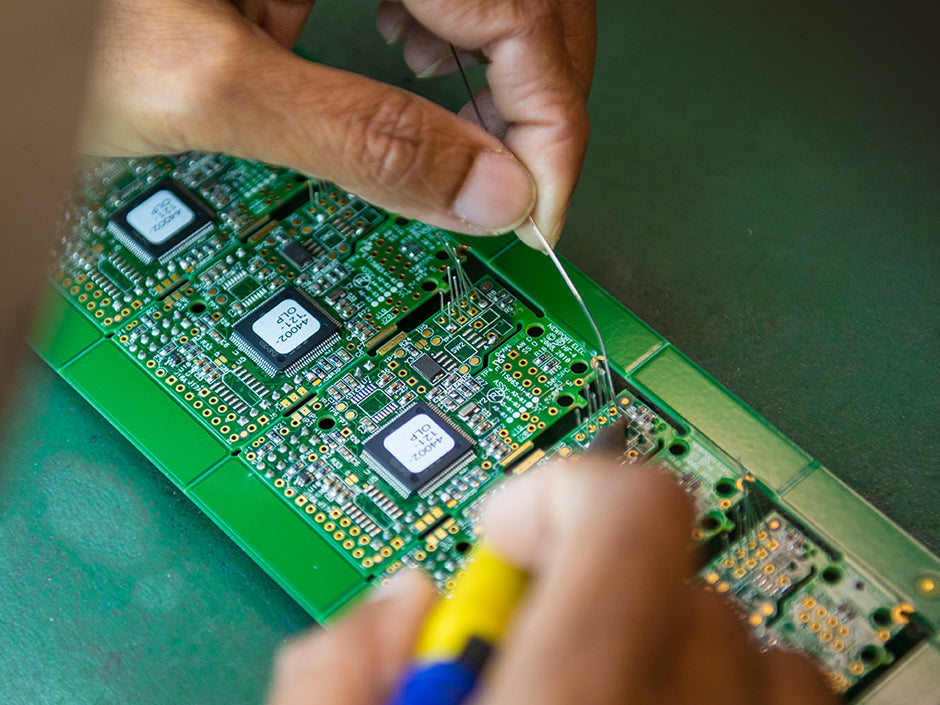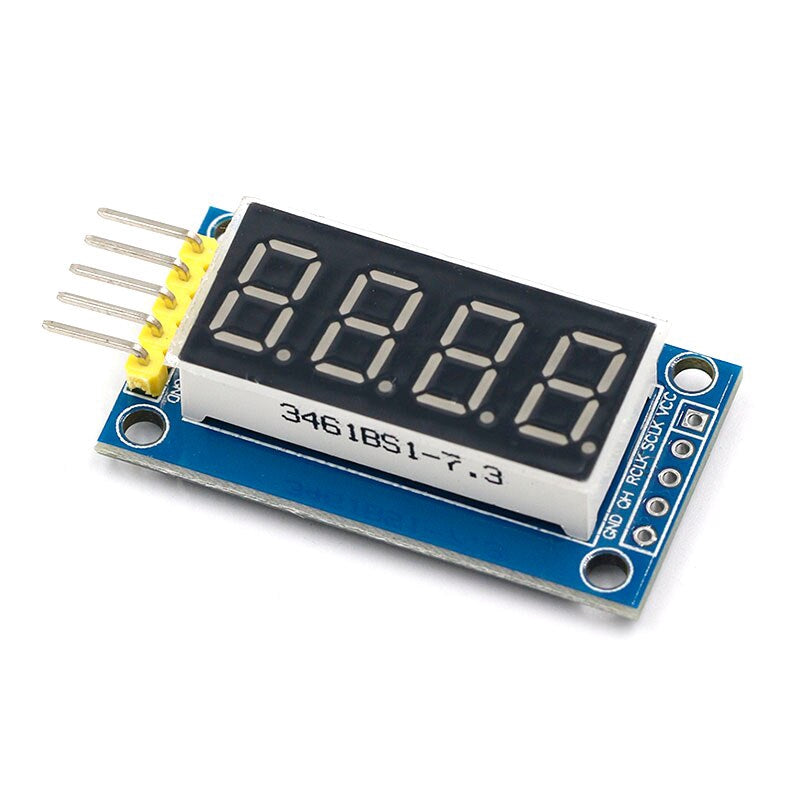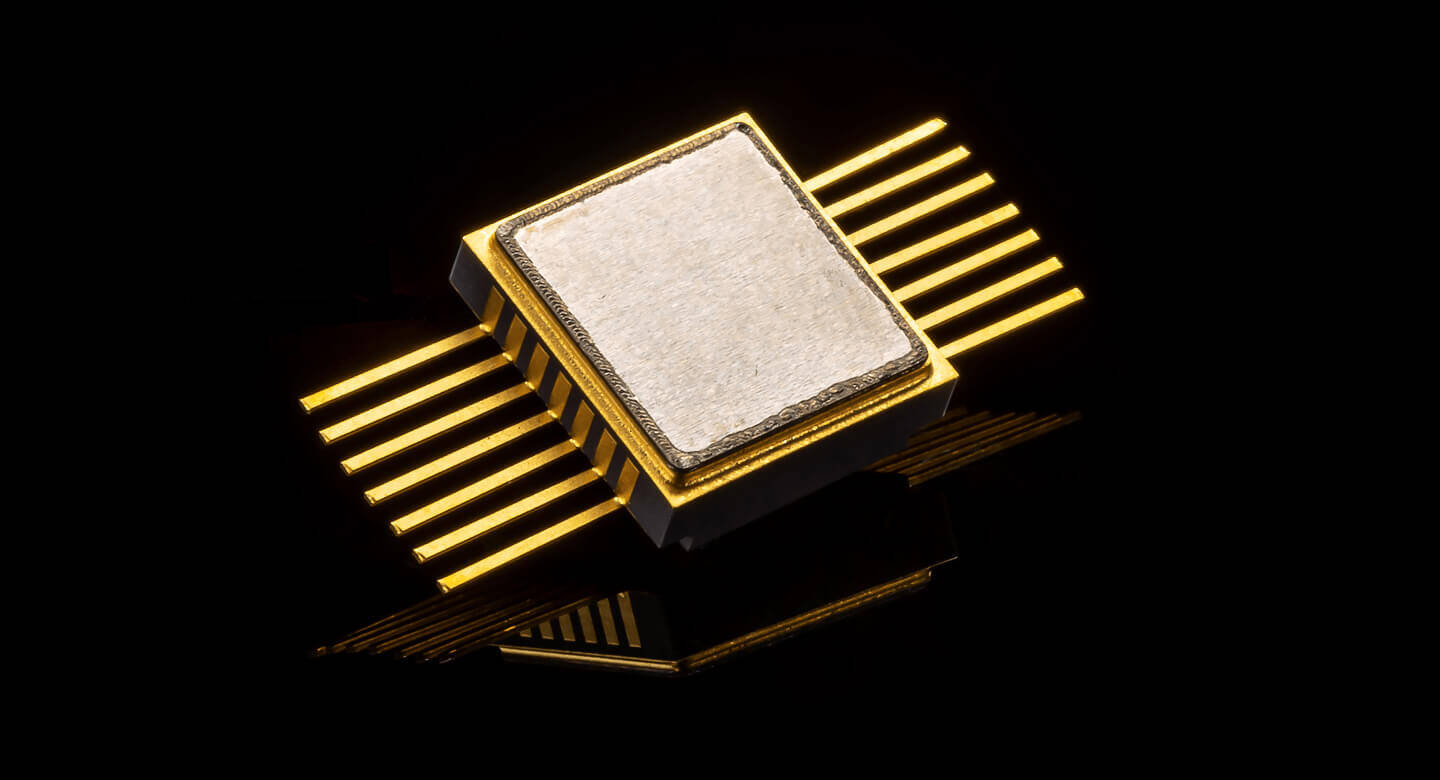
Exploring the World of Thermally Conductive Encapsulants: A Game-Changer for Electronic Devices
Share
In the bustling world of electronic manufacturing, thermally conductive encapsulants are often the unsung heroes. These specialized materials play a crucial role in ensuring the durability and efficiency of countless electronic devices.
Whether it’s in your smartphone, laptop, or even in electric vehicles, these encapsulants work quietly behind the scenes.
Today, let’s dive into how thermally conductive encapsulants are shaping the future of electronics and why companies like American Fairfield Inc. are at the forefront of this technology.
What are Thermally Conductive Encapsulants?
Thermally conductive encapsulants are materials used to protect electronic components from environmental damage while efficiently managing the heat they produce.
Typically, these are made from silicone, epoxy, or urethane and contain thermally conductive fillers like aluminum oxide or boron nitride. This combination not only shields sensitive parts from moisture and dust but also helps in dissipating heat, thus extending the life of electronic components.
The Role of Heat Management in Electronics
Heat is a by-product of almost every electronic reaction. Effective heat management is crucial because excessive heat can lead to electronic failure, reduce the lifespan of devices, and decrease reliability.
Thermally conductive encapsulants help transfer heat away from critical components and toward heat-dissipating units like heat sinks or device casing. This process is vital in high-performance electronics, which generate a significant amount of heat.
Applications of Thermally Conductive Encapsulants
These versatile materials are used across various industries. In consumer electronics, they are applied to protect and cool everything from CPUs and GPUs to LED lights. The automotive industry benefits significantly from these materials, particularly in electric vehicles and advanced driver-assistance systems (ADAS), where reliable performance is critical.
Additionally, renewable energy systems like solar panels and wind turbines use thermally conductive encapsulants to enhance efficiency and durability against harsh environmental conditions.
Advantages Over Traditional Methods
Thermally conductive encapsulants offer several advantages over traditional cooling methods:
- Enhanced Thermal Management: They provide superior heat dissipation compared to standard encapsulants.
- Improved Component Protection: They offer excellent environmental sealing, protecting components from moisture, dust, and mechanical stress.
- Increased Device Lifespan: By managing heat more effectively, these materials can significantly extend the life of electronic devices.
Choosing the Right Encapsulant for Your Needs
Selecting the right encapsulant involves considering the thermal conductivity required, the environmental conditions the device will face, and the physical properties needed (such as flexibility or hardness).
American Fairfield Inc. specializes in formulating a wide range of thermally conductive encapsulants tailored to meet specific industry needs. Their experts can guide you through selecting the perfect solution for your application.
If you’re looking to enhance the durability and performance of your electronic products, consider the advanced solutions offered by American Fairfield Inc. Our thermally conductive encapsulants are designed to meet the highest standards of quality and efficiency, ensuring your products perform at their best under any condition.
Contact American Fairfield Inc. today to find out how our innovative materials can transform your products and lead your industry in terms of reliability and performance.
For more information or to discuss your specific needs, please visit our website or contact our technical support team. Let American Fairfield Inc. help you stay calm under pressure.
FAQs
- What are thermally conductive encapsulants?
Thermally conductive encapsulants are materials designed to protect electronic components from environmental damage and manage heat production. Commonly made from silicone, epoxy, or urethane, they include fillers like aluminum oxide or boron nitride to enhance heat dissipation.
- Why is heat management important in electronics?
Effective heat management is crucial in electronics as excessive heat can lead to device failure, reduce the lifespan, and decrease reliability. Thermally conductive encapsulants help in transferring heat away from critical components, thus maintaining device performance and durability.
- What are the primary applications of thermally conductive encapsulants?
These materials are widely used in various industries, including consumer electronics for cooling CPUs and GPUs, automotive industries for electric vehicles and ADAS, and renewable energy systems such as solar panels and wind turbines to improve efficiency and durability.
- How do thermally conductive encapsulants compare to traditional cooling methods?
Thermally conductive encapsulants offer enhanced thermal management by providing superior heat dissipation. They also offer better environmental sealing, protecting components from moisture, dust, and mechanical stress, and can significantly extend the lifespan of electronic devices.
- How can one choose the right thermally conductive encapsulant?
Choosing the right encapsulant depends on the thermal conductivity needed, environmental conditions the device will encounter, and desired physical properties like flexibility or hardness. Companies like American Fairfield Inc. can provide expertise and tailored solutions to meet specific industry needs.
- How can thermally conductive encapsulants benefit the performance of electronic devices?
By effectively managing heat and protecting sensitive components from environmental factors, thermally conductive encapsulants enhance the reliability and performance of electronic devices. They ensure that devices operate efficiently under various conditions, thereby extending their operational lifespan.





